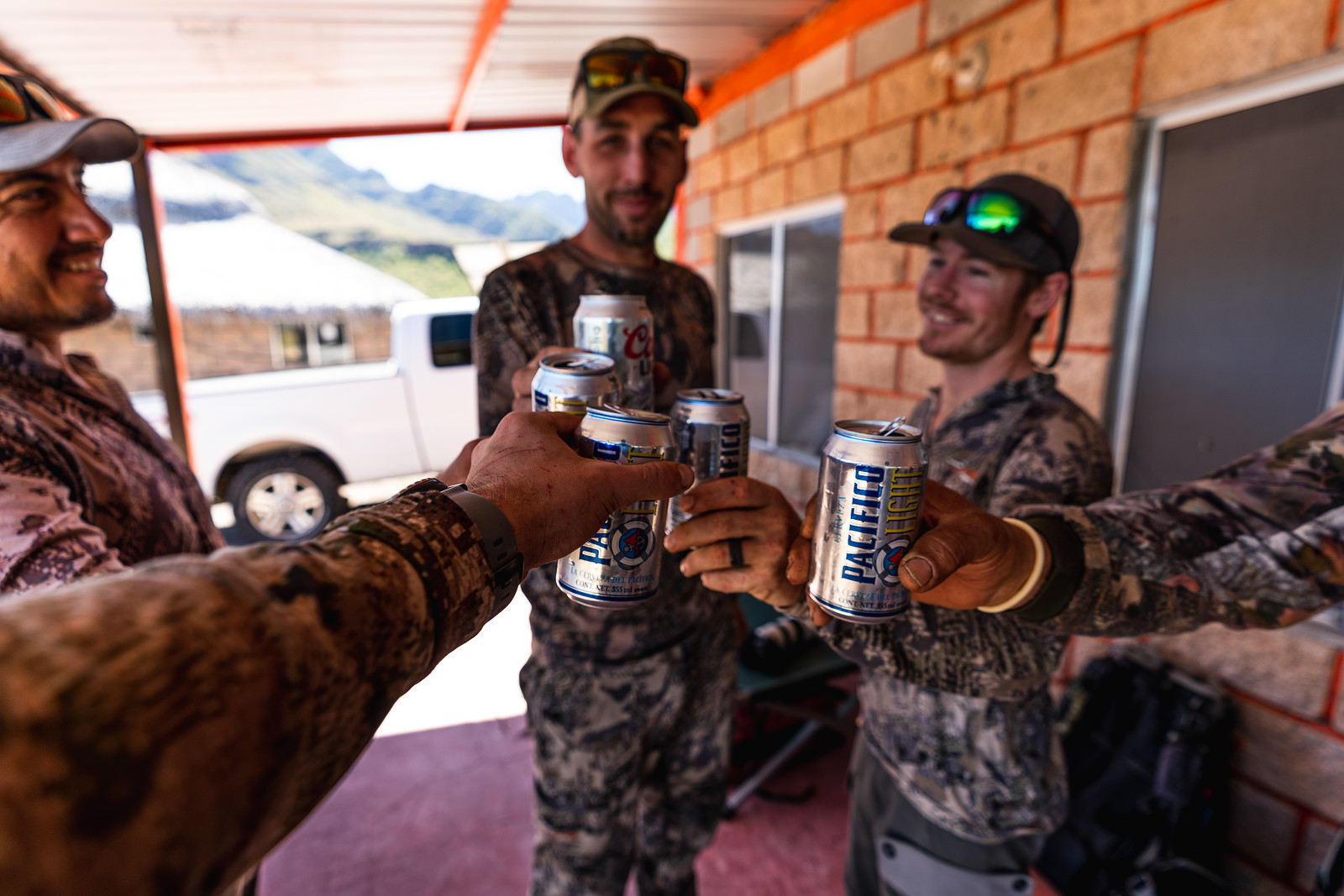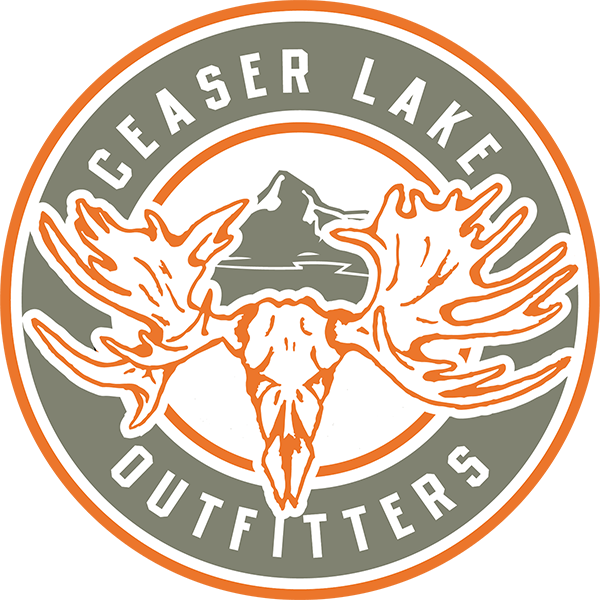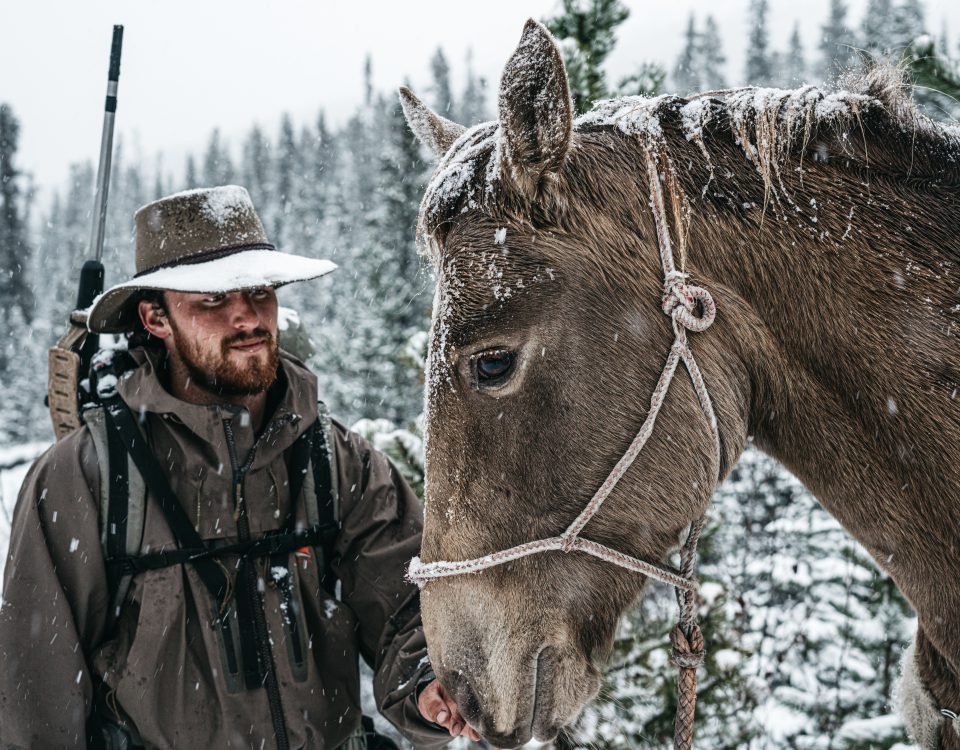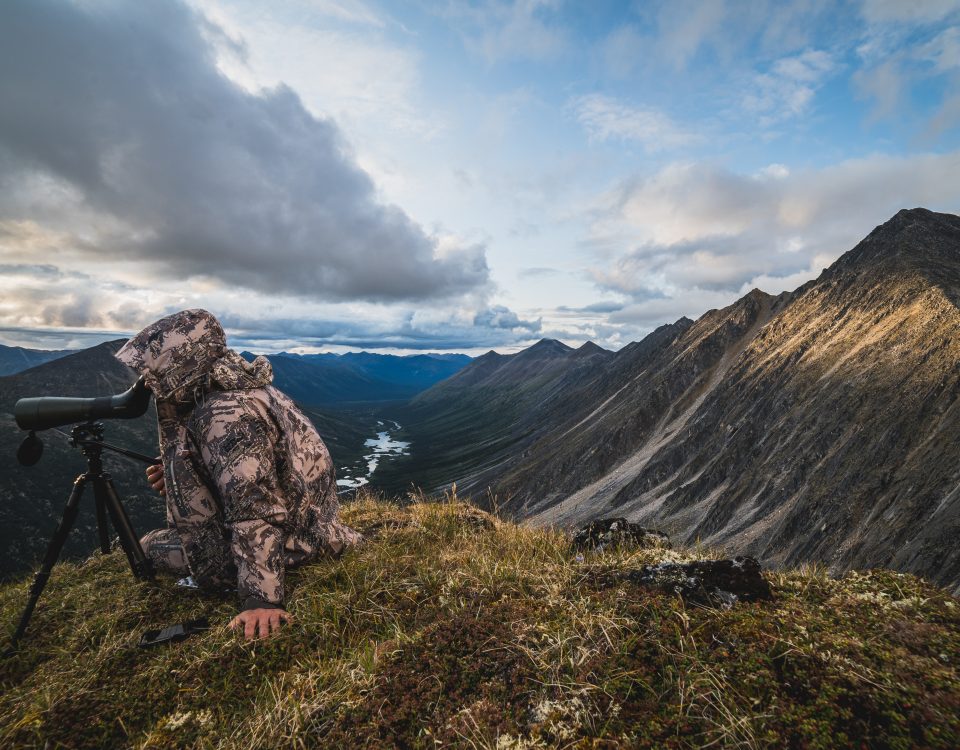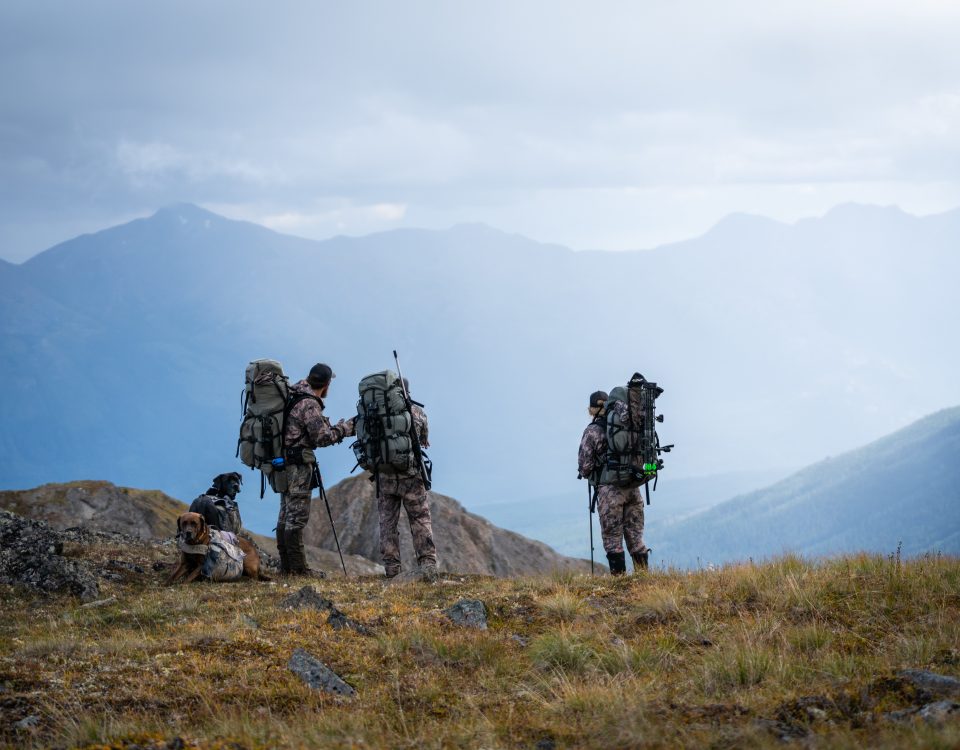- BOOK YOUR HUNT NOW!
- Dustin (250) 919-0184
- Colbie (780)826-0416

Success in the Baja, Our Team ‘Doing What It Takes’
April 6, 2020Dusty Feet and Desert Sheep, Backcountry BC and Beyond Snowbird Edition
“To be successful in our world, you have to be able to adapt. To terrain change, foliage, temperature, personality, and game pursued.”
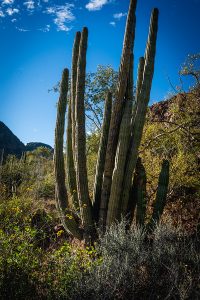
One of the great aspects about hunting, is there is always a season open somewhere. As soon as the team wraps up the marketing season, the guys headed even further south to the Baja Peninsula in pursuit of the Weemsi Desert Rams. It’s an area that Dustin Roe first found himself in back in 2009 with Roberto’s father, Jose Aguiar, who was the head guide on a bow hunt. In 2011 Roberto guided Dustin to finish off Dustin’s Grand Slam with his own Desert Ram. Since then, the guys have been working together to help bring clients down and fulfill lifelong goals for their hunters in this stunning region.
This year the teams’ first hunt is with a good friend and return archery client, Dan Evenson. Dan is no stranger to putting in the hard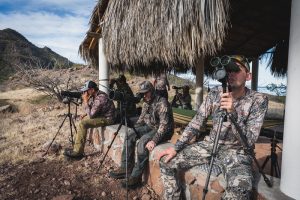
With every place we hunt, different challenges constantly push us to hone our skill set, making a guides’ job interesting and rewarding. Working through and constantly adapting to the various challenges this area can present needs to be like second nature for our guides Dustin, Dan and Roberto.
While some of the challenges seem obvious to the educated eye, many of these are compounded when archery hunting an animal whose whole life has been perfecting their use of their surroundings. Some of those challenges include navigating through the loose and unstable terrain with backpacks and fragile cargo like a bow or rifle. The mountains of the Peninsula have unforgiving terraces and rough outcroppings, made all that much more inaccessible by bluffs and sharp foliage. Whether they are planning a stalk or simply traversing through the country, they need to be thoughtfully accounting for not only their path through all this, but their consumption of water and shade opportunities. Water isn’t something we usually have to worry about up north, but down here, you don’t want to be caught without it!
The most educated decision you can make is factoring your exertion over your available calories and water, while taking into consideration the heat. Getting up early to glass, closing the distance on your stalk, or moving through the country is done in the early hours of the day or evening when you aren’t battling the stifling heat that Mexico is known for. Planning your day hike includes navigating to areas of shade to wait out the heat of the day, and exercising patience.
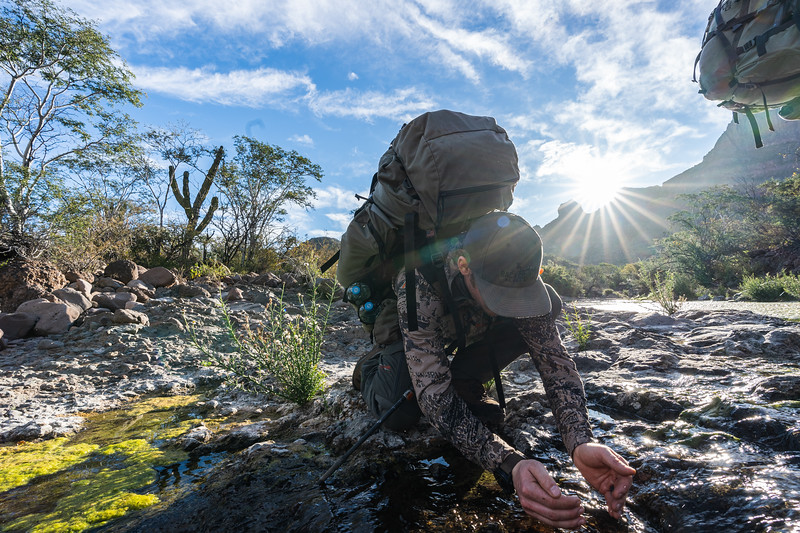
As a hunt progresses, and a ram has been identified, closing the distance while the ram is bedded during the heat of the day needs to become a calculated risk with payoff pros and cons when water and other necessities are beginning to run low. Physical exertion is jeopardized when you are dehydrated, and as guides, we need to be able to read not only our client but the rest of our team. Knowing when to break and when to push on become crucial decisions that the team needs to make as a whole.
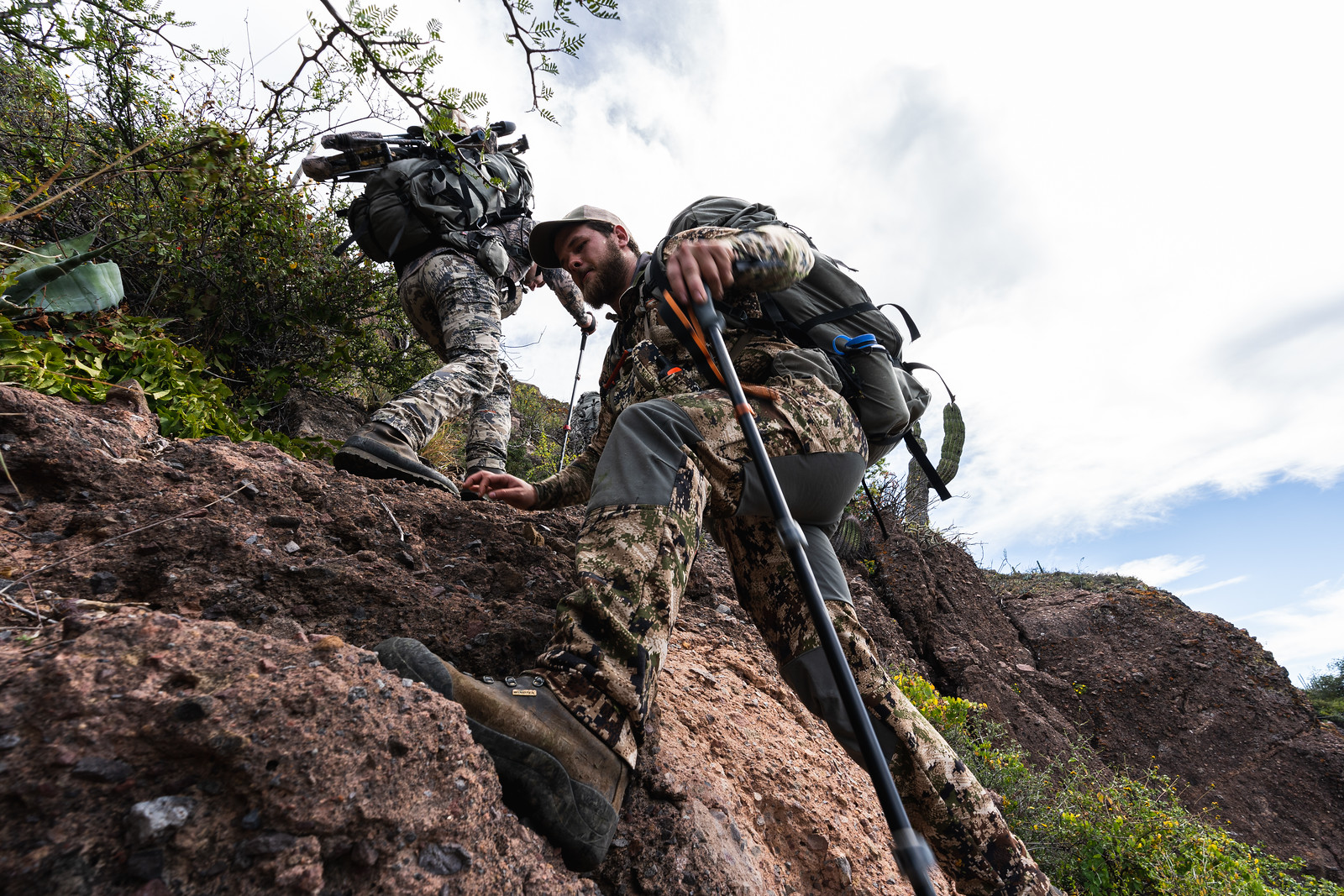
With these issues in mind, our guides work to really help illuminate the conditions that they expect to see on a hunt with their clients ahead of time. Mental preparation is key to understanding that sheep hunting as a whole is about patience and execution, but it is also imperative to be working on physically conditioning yourself as well. Being able to make a tough push on the final stalk, or grind it out through the labyrinth of stickers and rubble is always better when you have done your homework and carrying your share of the load isn’t draining you.
When these challenges arise in the field, we have to work very hard to play our best hand as it unfolds and not let ourselves or clients become discouraged. If the team finds themselves in a situation that hasn’t presented itself with a final move, the best scenario might be to back off and try again the following morning, or likewise, later that afternoon. While the team has guided a variety of hunters down in Mexico over the years, the biggest winning factor on the success of a Desert Sheep hunt is maintaining a good attitude and embracing each challenge until a solution can be made. Understanding everyone’s limitations and capabilities ultimately makes for not only a great experience, but a successful one.
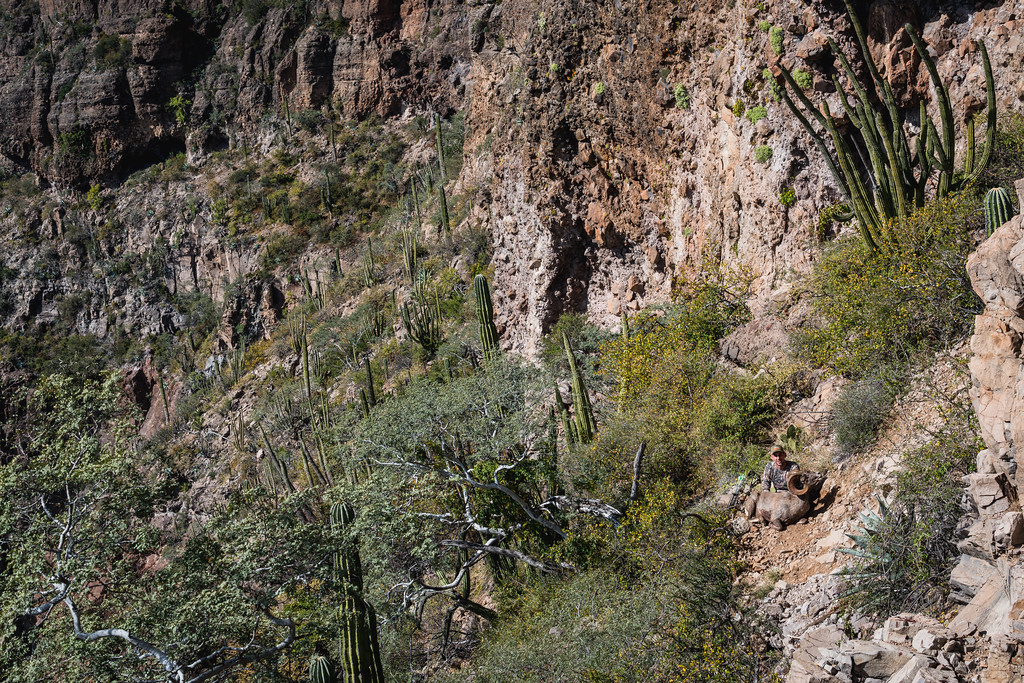
If you haven’t had a chance, head to our latest video to see how the hunt with Dan Evenson played out on our YouTube Channel. On this hunt the guys faced everything that can be expected; heat, rugged terrain, uncertainty and triumph. Through it all they executed patience, and persistence; the payout was celebrated by heavy packs all around!
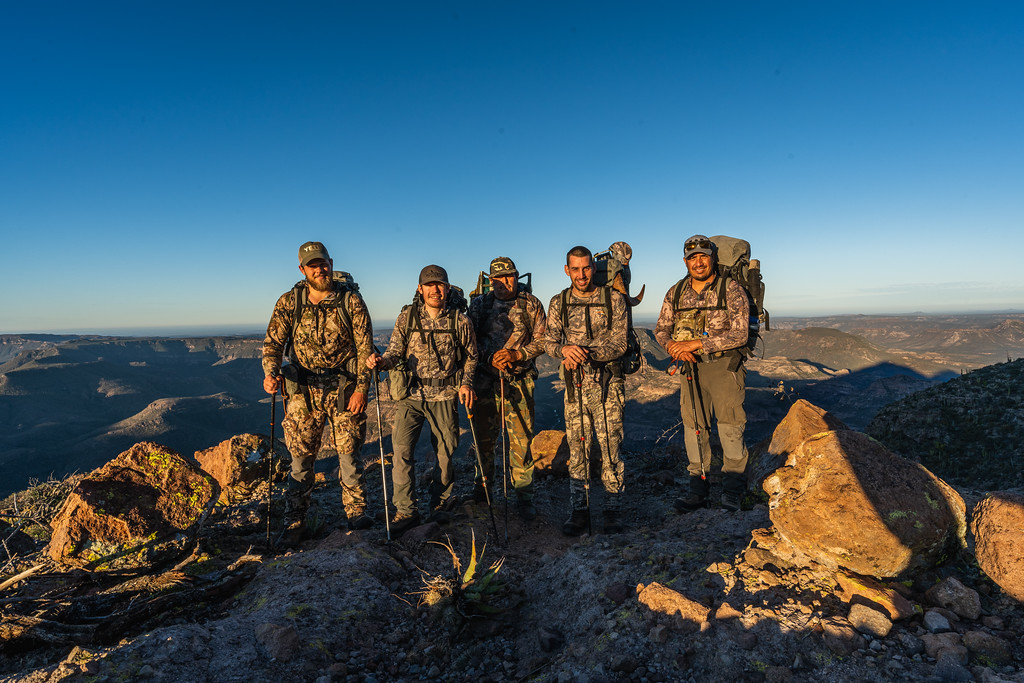
With the first hunt a raving success, both in memories and harvest, Dan Evenson and Dustin packed up and headed back to the home fires. Dan Watson, cameraman Nick Marchiando and Roberto stayed on to teamed up in preparation for the next hunt that included return client and friend, Jason Beck. Jason and Dan had the pleasure of hunting together last fall, and now are bringing the heat to the Baja in Jasons’ quest for his first Desert Ram.
Outfitter Fact: Unlike Northern Canada, hunters cannot leave with their ram. It can take up to 30 days to get the right documents to bring a sheep back across the border. This process has been made easy by teaming up with Rafa, a good friend and local biologist in LaPaz, who aids in not only the rifle permits, customs entry and CITIES permits, but also getting the ram back to the hunters’ destination personally.
-The Backcountry BC and Beyond Team
